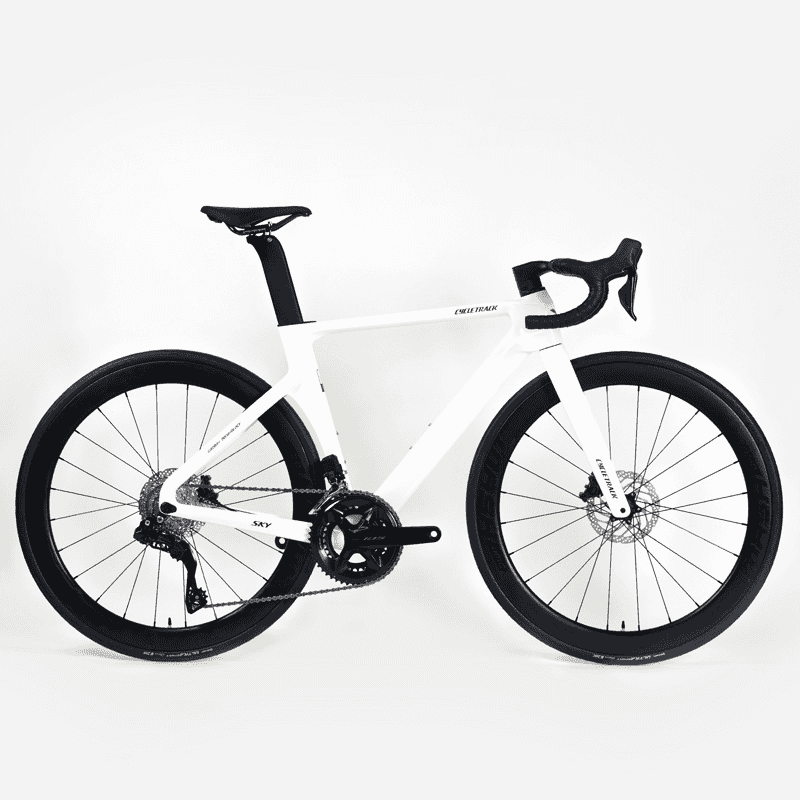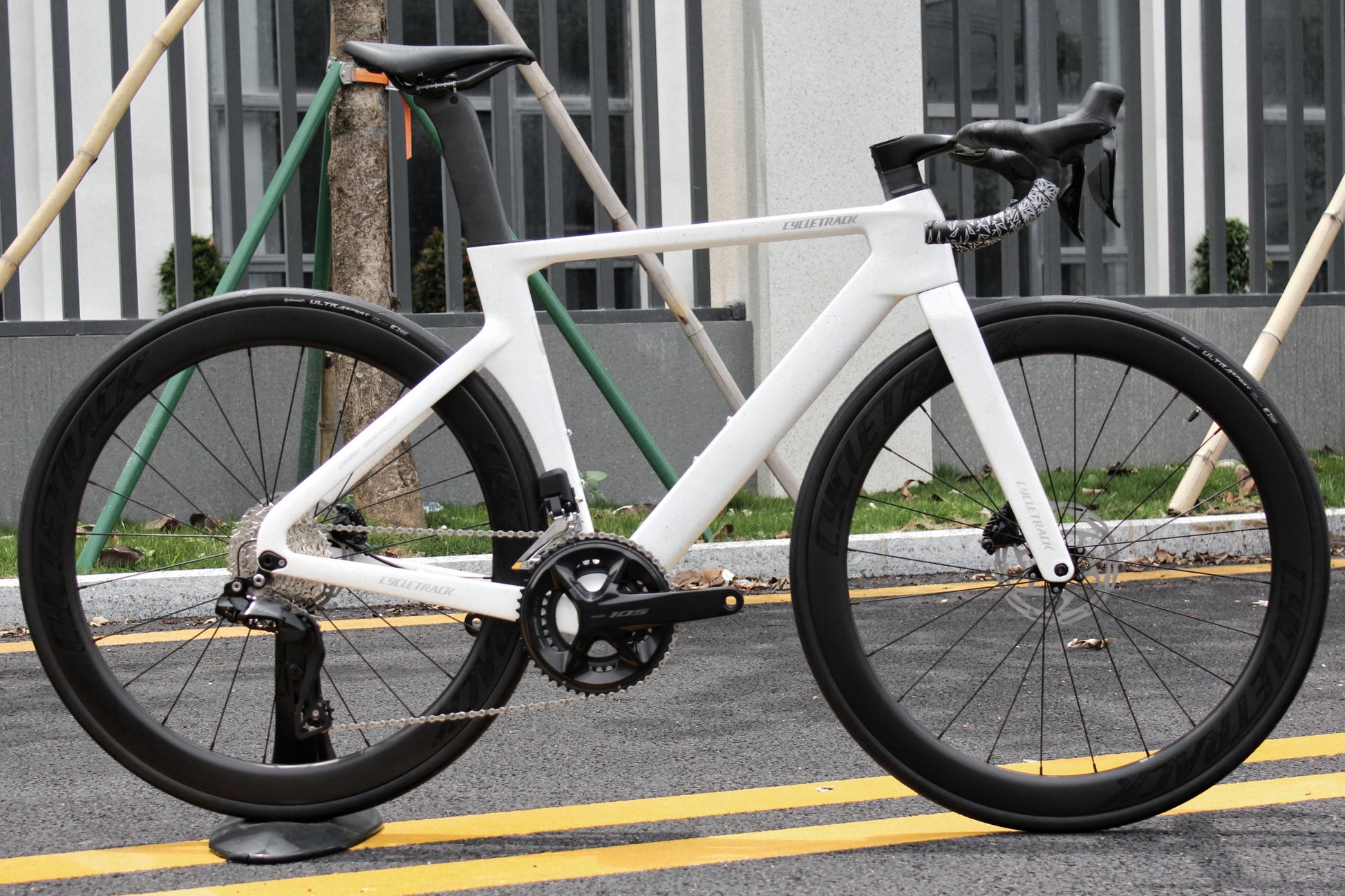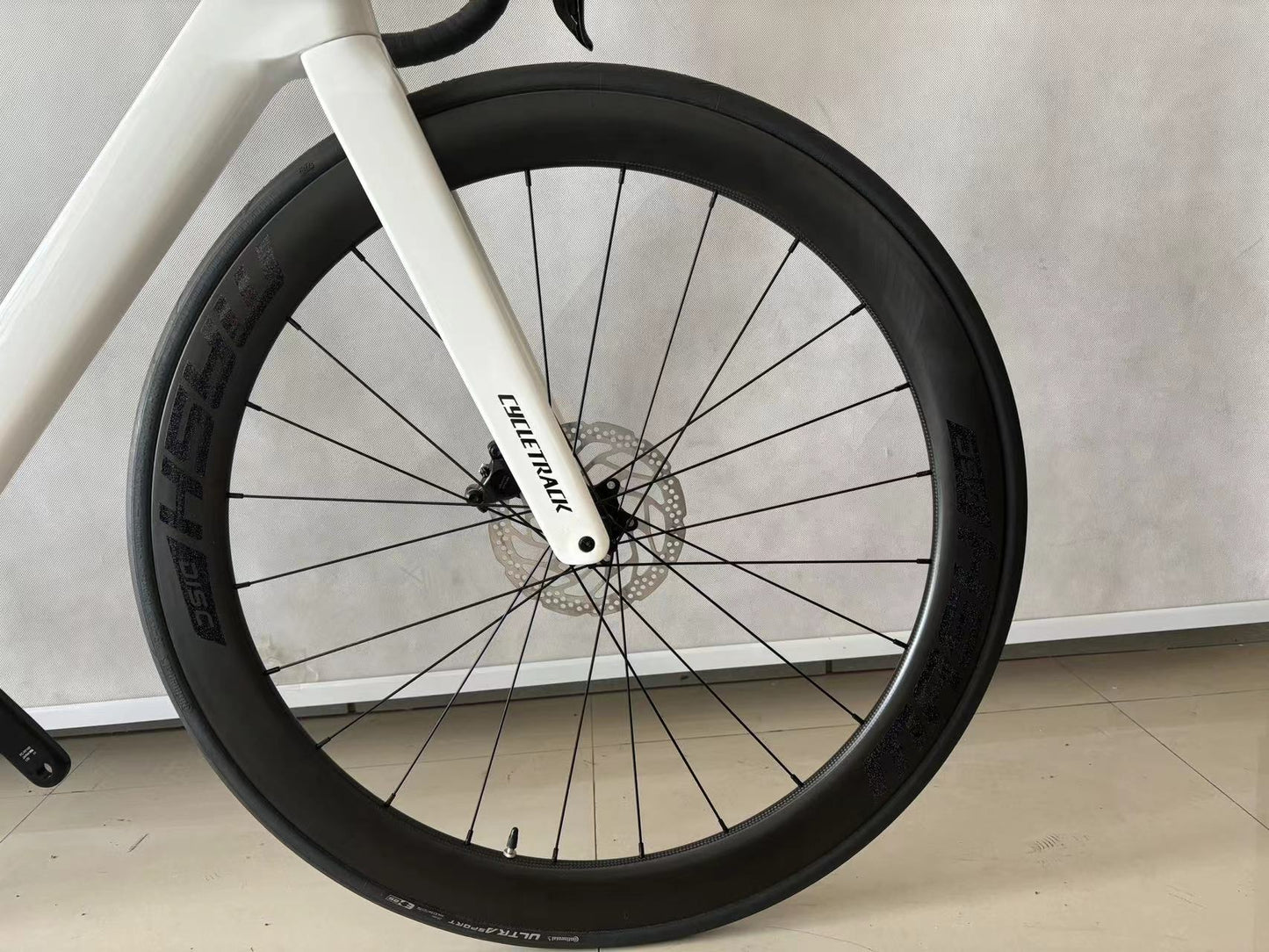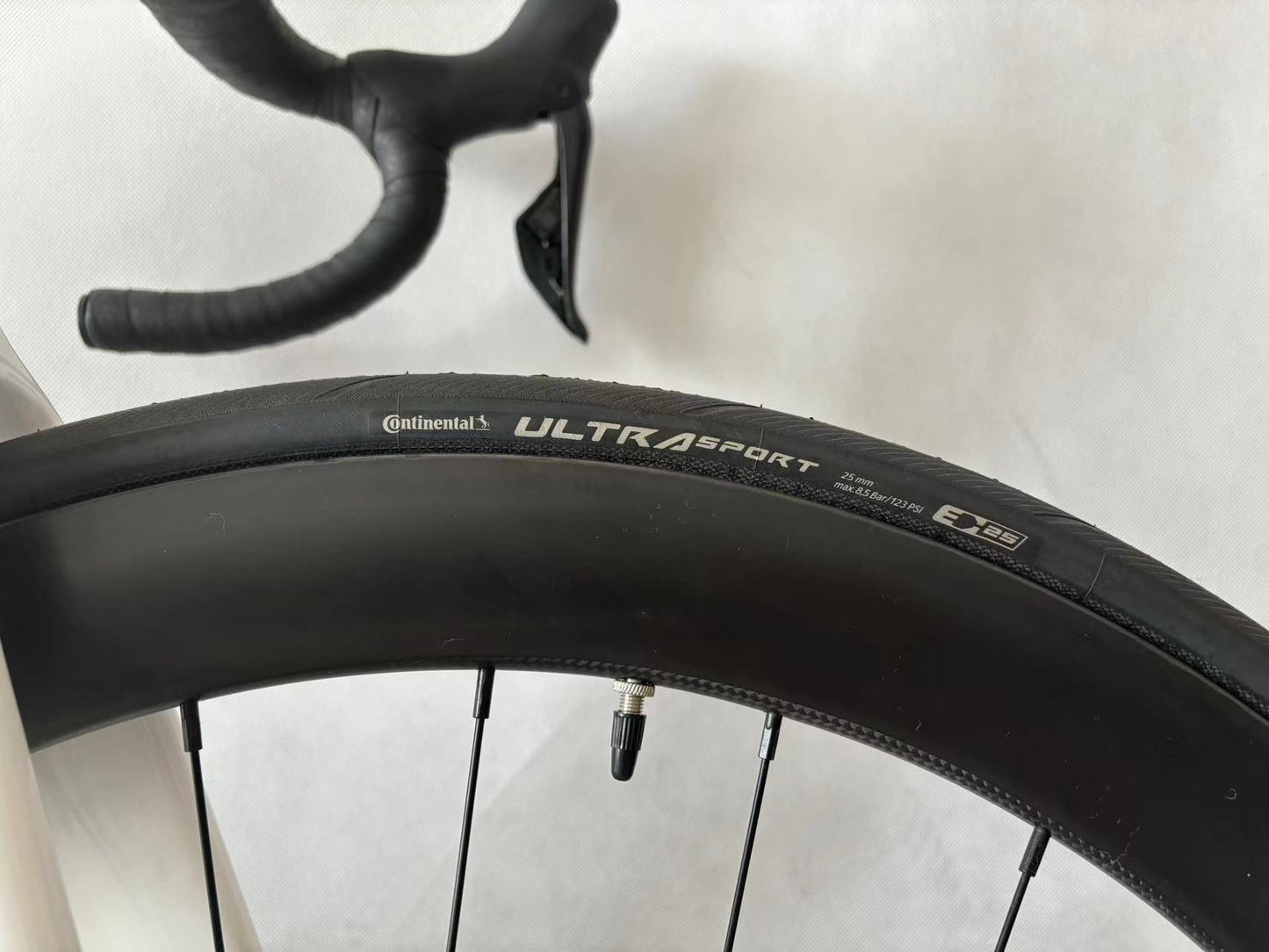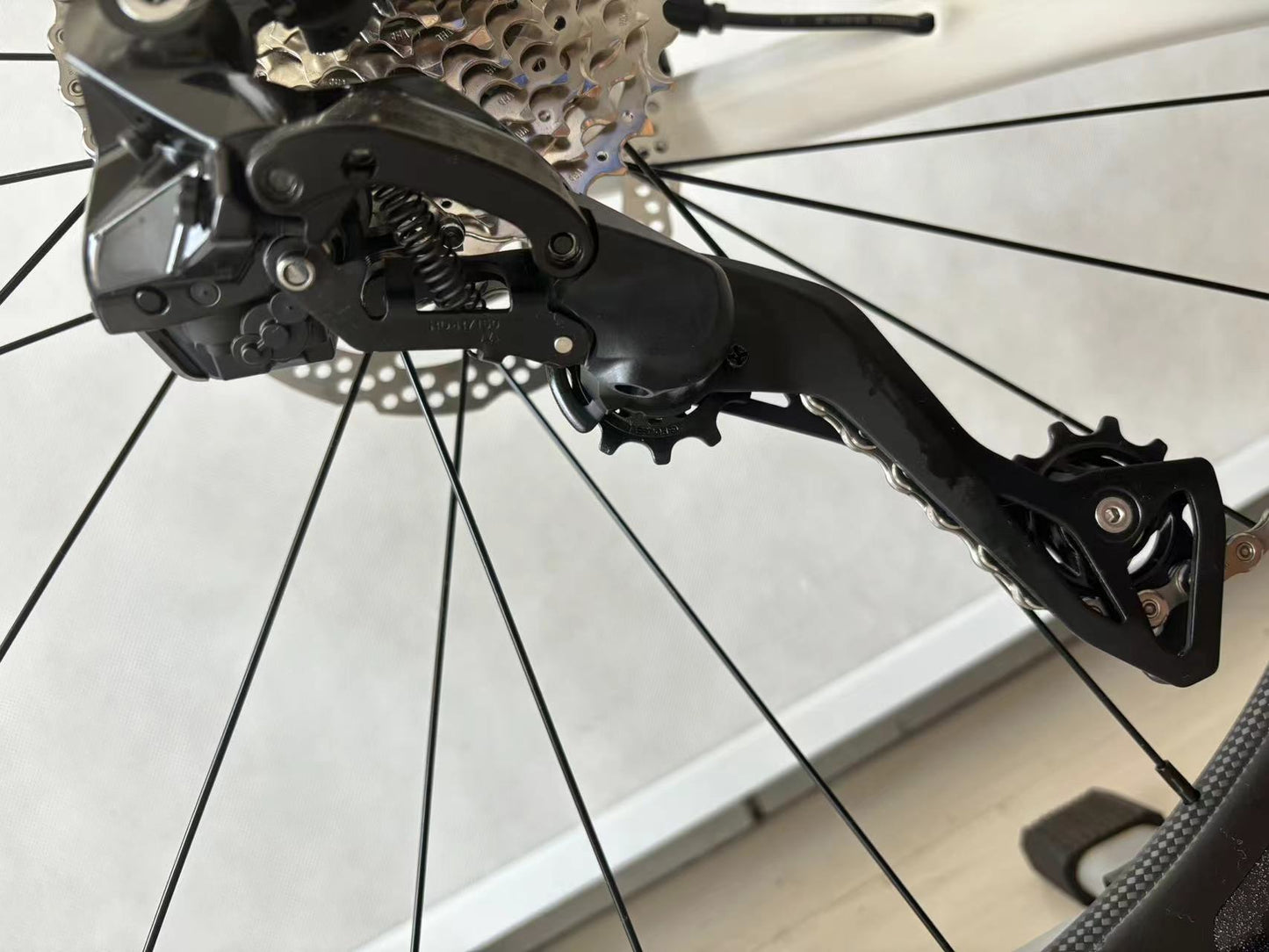Cycletrack Mountain Biking: Techniques and Tips for a Safe Ride
Welcome to the thrilling world of cycletrack mountain biking! Whether you're a seasoned rider or just starting out, there's always something new to learn. In this blog, we're going to dive into some essential techniques and tips to ensure your ride is not only exhilarating but also safe. So, buckle up, and let's hit the trails!
Understanding Your Cycletrack Mountain Bike
First things first, getting to know your cycletrack mountain bike is crucial. It's not just about the color or the brand; it's about understanding the bike's capabilities and limitations. Mountain bikes come in various types, each designed for different terrains and riding styles. Knowing your bike's suspension, tire type, and gear ratios will help you tackle the trails with confidence.
Proper Gearing
When it comes to gearing, it's all about finding the right balance. You want a gear that allows you to maintain a steady cadence without straining. For uphill climbs, a lower gear will help you conserve energy, while a higher gear is perfect for bombing down the descents. Remember, it's not about speed; it's about control and comfort.
Mastering the Brakes
Braking is an art form in mountain biking. You want to avoid sudden, hard stops that can unsettle your bike and throw you off balance. Practice modulating your brakes, applying steady, controlled pressure to slow down smoothly. This technique is especially important when the trail gets technical or the weather turns wet and slippery.
Body Position and Balance
Leaning into turns is a fundamental skill in cycletrack mountain biking. As you approach a corner, shift your body weight to the outside of the turn, and look through it. This helps you maintain momentum and control. Keep your arms slightly bent to absorb shocks and maintain a low center of gravity for better stability.
Descending with Confidence
Descending can be the most exhilarating part of mountain biking, but it also requires a steady hand and a calm mind. Choose a line that avoids obstacles and gives you the best visibility. Use your body to counteract the bike's movements, and remember to keep your weight centered over the pedals to maintain traction.
Staying Visible and Heard
Whether you're on a busy cycletrack or a remote trail, being seen and heard is a safety must. Wear bright, reflective clothing, and consider using a bell or a small horn to alert others of your presence. This is especially important when the light starts to fade or when you're sharing the trail with hikers and runners.
Pre-Ride Checks
Before you hit the trails, take a few minutes to check your bike. Ensure that your tires are properly inflated, your brakes are functioning, and your chain is clean and lubricated. A well-maintained bike is a safe bike, and it will make your ride that much more enjoyable.
Know Your Limits
Finally, know your limits. It's easy to get caught up in the excitement and push yourself too hard. Listen to your body, and don't be afraid to take a break or turn back if a trail is too challenging. Mountain biking is about having fun, and there's always another day for a more daring adventure.
So, there you have it—our guide to a safe and enjoyable cycletrack mountain biking experience. Remember, the key to a great ride is preparation, practice, and respect for the trail. Happy riding, and may your tires always find the perfect grip!


